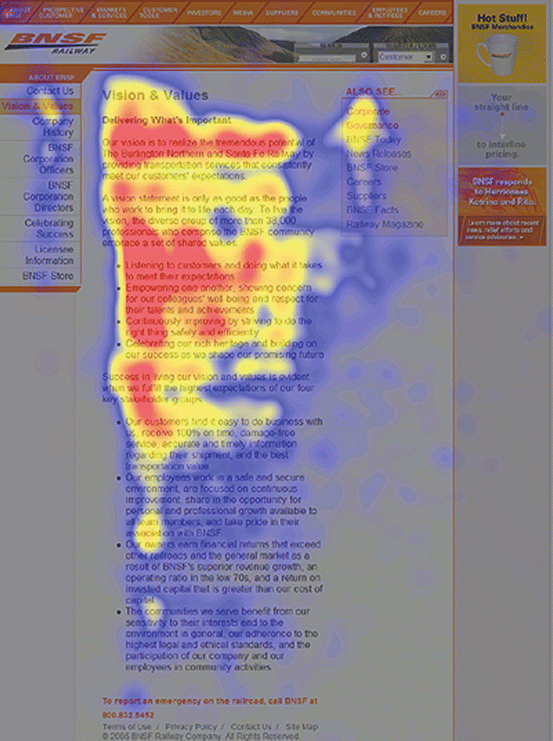

Empirical work on the posited dual role (i.e., both information acquisition and signaling) of gaze in interaction has been conducted at least since the 1960s. Interest in gaze behavior during interaction has a long history. The gaze of the infant, as an integral part of the behavior of the infant, then apparently influenced the action of the parent. Take an interactive situation between a parent and an infant for example: if the infant looks intensely at a toy out of reach, the parent can see the gaze of the infant and hand the toy to the infant to play with. The orientation of the body and head and the position of the pupil and iris within the white sclera of the eye allow observers to easily estimate the gaze direction of others (e.g., Gibson & Pick, 1963 Langton, Watt, & Bruce, 2000).

This is evident when one considers that the body, head, and eyes of a person are commonly visible to other people in interactive situations. In interaction, the ability to gaze around with the eyes is not only useful when attending to someone or something and scanning the environment, but it may also signal information (e.g., Gobel, Kim, & Richardson, 2015 Wu, Bischof, & Kingstone, 2014). As such, looking at objects in the visual world can facilitate perception. Humans are foveated animals, which means that visual acuity is greatest at the center of the retina, the fovea objects close to the gaze location are represented in higher resolution than those in the periphery (see e.g., Yarbus, 1967 for an overview of the structure of the human eye). In this article, our main focus will be on techniques to measure gaze, i.e., where one looks and when, as it often has an important role in face-to-face interaction (see Brône & Oben, 2018 Hessels, 2020 Land & Tatler, 2009 for extensive overviews of looking behavior in human interaction). Human interaction is multimodal, and may include vision, audition, and haptics. Human interaction, which we here define as action occurring between (at least) two individuals, has intrigued researchers and philosophers across many different disciplines for a long time (e.g., Argyle & Dean, 1965 Duncan & Fiske, 1977 Goffman, 1955 Kendon, 1967).


 0 kommentar(er)
0 kommentar(er)
